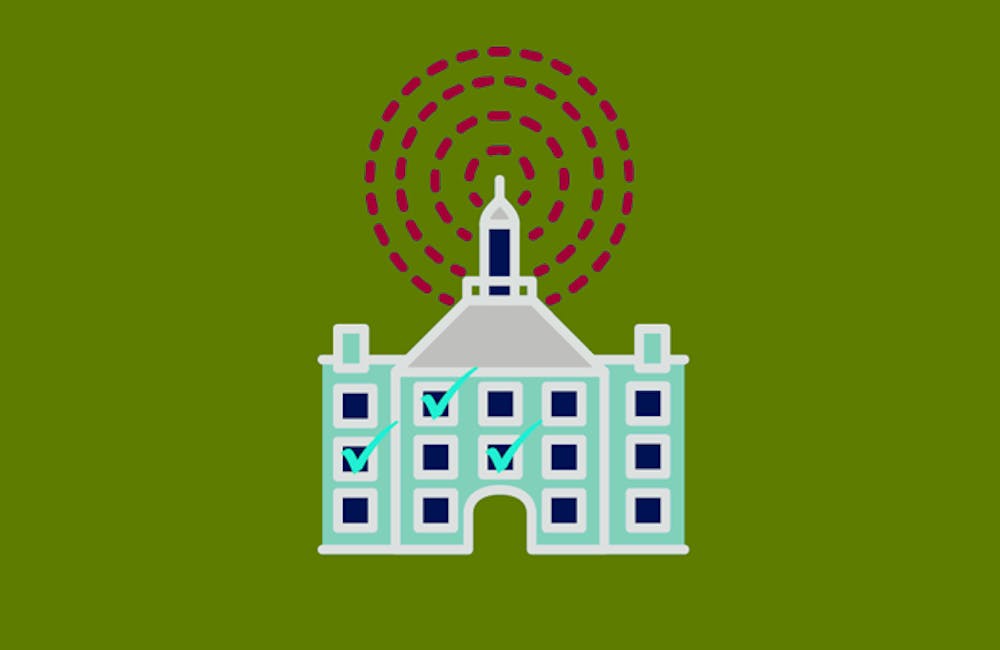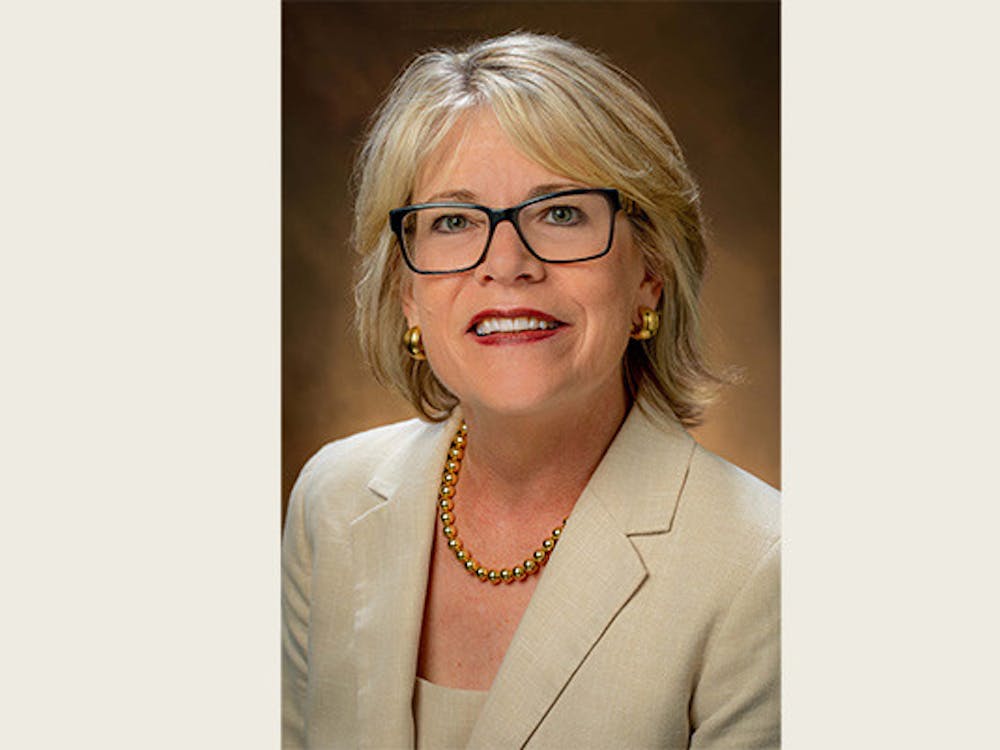The Campus Climate Survey closed on Nov. 3, after an extended deadline due to lack of participation. Despite the extended time, the survey only received a 24.2 percent response rate, making it ineligible for an official analysis.
The survey was created to judge both the faculty and students' perspectives of Miami's campus climate, according to Denise Krallman, co-chair of the Campus Climate Working Group.
"Campus climate is how we perceive our comfort level, our relationships with each other," said Krallman. "It's part of the experiences we have, and our relationships we have, and is a much broader perspective."
This survey has been conducted before many times at Miami University, according to Krallman. Starting in 1996, the work group decided to repeat the survey once every six years. However, after a low response rate in 2008 that made the data collected invalid, the group decided to stop.
The survey was brought back this year at the urging of President Crawford, according to Krallman. It was supported by an 18-month contract with Rankin and Associates, and cost approximately $120,000.
"We did a lot more publicity, and a broader outreach this time," said Krallman, in regards to what changes were made from the survey in 2008 and now. "We had more posters, and sent out more emails."
Despite the increase in publicity, only 17.3 percent of undergraduate students and 26.6 percent of graduate students completed the survey, according to a frequency analysis report sent out by Rankin and Associates.
"I think they could have done a better job at making the survey seem mandatory," said first-year Jessica von Zastrow. "Maybe they could have put holds on students' accounts for registering for classes."
One reason why some students did not respond to the survey was that many emails stated that the survey would take 25 to 30 minutes, according to first-year Katherine Johnson.
"I know I haven't taken it yet, because I haven't had the 30 minutes that are required to take the survey," said Johnson. "I know a lot of students would rather study for their exams for 30 minutes rather than fill out a survey."
"It's a student decision to fill out the survey or not," said Krallman. "It's unfortunate that students thought they couldn't take 30 minutes out of a multi-week time period to fill out an important survey. I think everyone involved is disappointed that they didn't want to respond."
Since the survey's participation rate was well under 50 percent, it's impossible to do the official data analysis that was paid for in the contract. However, since there was a 58.3 percent response rate among faculty, Krallman stated that some "statistical inferences" may be done.
Enjoy what you're reading?
Signup for our newsletter
"After the working group meets after the first of the year, we will have those discussions about what was successful," said Krallman. "Then that information can be documented, and then we can use those thought processes to determine what to do from here."
Until the work group meets again, it is uncertain if they will decide to do the survey again in the future.
"We didn't want to make it feel like it was something that they had to do," said Krallman. "It was encouraged, but not enforced."




